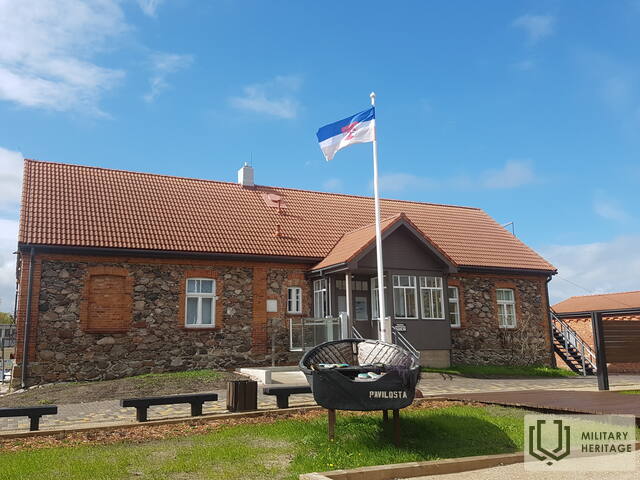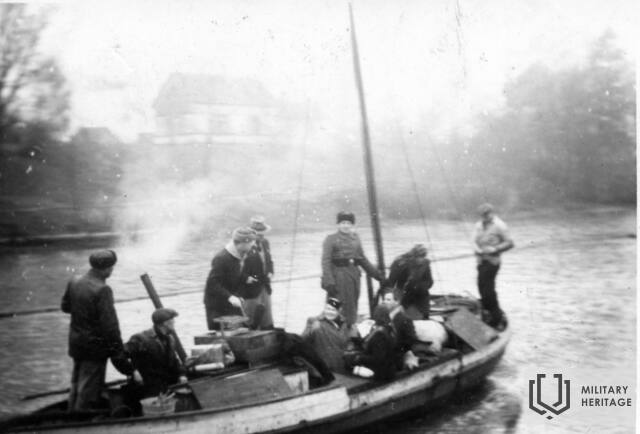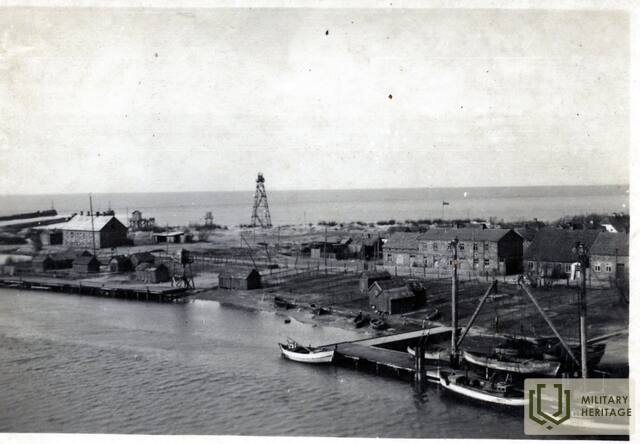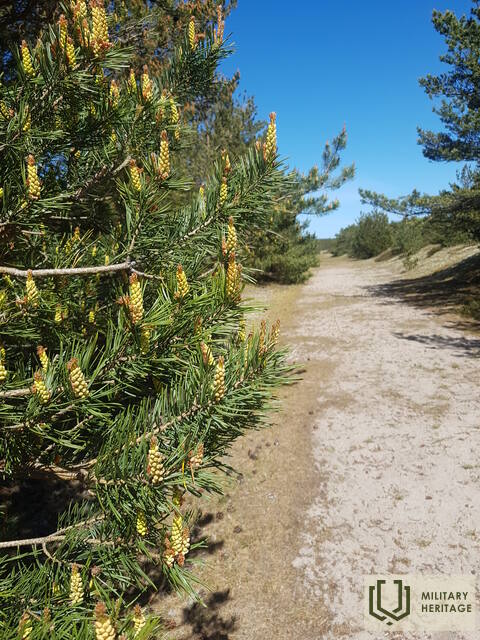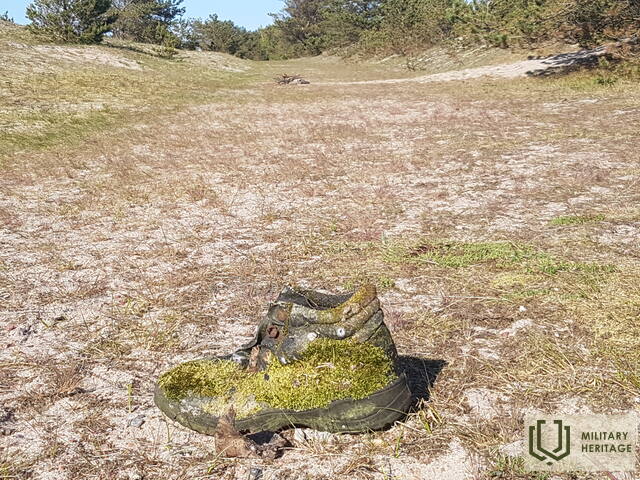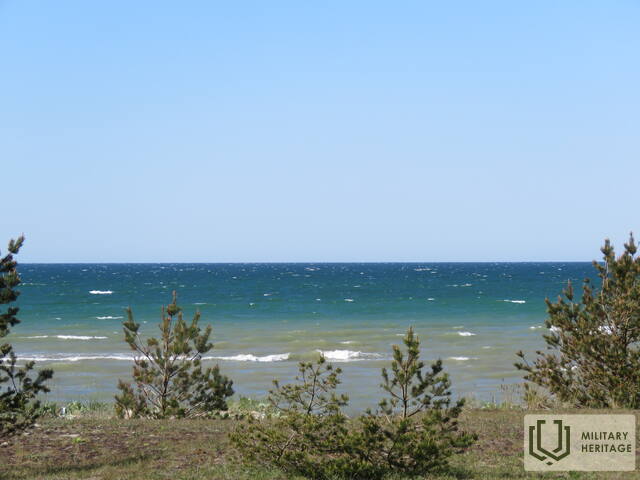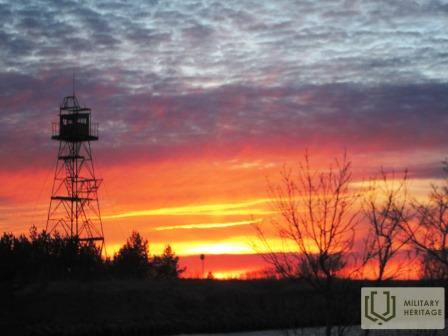Pāvilosta local history museum exposition Muziejus

Named ‘Pāvilosta, a Closed Area’, the exhibit in the Pāvilosta Local History Museum is about everyday life in the town of Pāvilosta during the Soviet occupation; specifically, about the executive branch, border area, fishermen’s collective farm, and the cultural and social activities. In addition to the permanent exhibit, there is an interactive and emotionally rich digital exhibit in two languages and an audio-visual installation offering a film about Pāvilosta.
The museum also features a new exhibit named ‘The Golden Sand Grains of Pāvilosta’. The digital installation showcases old events, how Pāvilosta was founded and the most important developments from 1918 to the present day. Military heritage is a point of focus in the War of Independence section, which tells a story about the freedom fighters of Latvia and the time of the Soviet occupation.
Panaudoti šaltiniai ir literatūra:
http://www.pavilosta.lv/lv/kultra/muzeji/pvilostasnov
Susijusi laiko juosta
Susijusios temos
Susijusi istorija
Pasienio režimo zona
Apie laikus pasienio režimo zonoje.
Pavilostnieki
Pavilostos gyventojai Aina Jakovļeva ir Irina Kurčanova dalijasi prisiminimais apie sovietmetį Pavilostoje.
Pirmasis pabėgėlių laivas „Centība“ iš Bambalio
1944 m. spalio 31 d. laivas "Centība" išplaukė iš Kuržemės kranto. Šio laivo išplaukimą pagal kelių bendrakeleivių prisiminimus rekonstravo Latvijos centrinės tarybos sušaukėja Valentīne Lasmane.
Pabėgėlių laivelių perkėlimo punktas iš Kuržemės pakrantės į Švediją prie „Pāžu“ namų
Viena iš svarbių persikėlimo vietų buvo prie „Puslapių“ namų, kur dabar stovi paminklas – „Vilties burė“. „Laivai atplaukdavo reguliariai ir daugiausia žmonių išplaukdavo iš „Pažo“, – pasakoja I. Freibergo prisiminimai.
Užjaučiantys Lietuvos pakrančių apsaugos vyrai
Prieš daugiau nei 70 metų Lietuvos pakrančių sargybiniams buvo įvykdyta mirties bausmė už tai, kad jie padėjo savo kaimynams, latviams laivų pabėgėliams, pasiekti Švediją. Apie tai sužinojusi okupacinė vokiečių valdžia žiauriai
Kuržemės pakrantė – uždara zona
Šaltojo karo metais visa Kuržemės pakrantė buvo uždara visuomenei zona – čia daugiausiai sprendė sovietų pasieniečiai, tam tikrais atstumais įrengę apsaugos postus, o paplūdimyje – apžvalgos bokštus su prožektoriais. Civiliai į pajūrį įleidžiami tik šviesiu paros metu.




